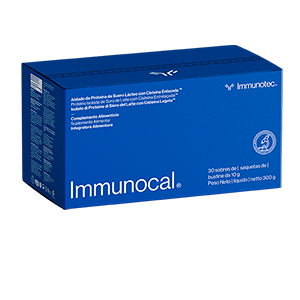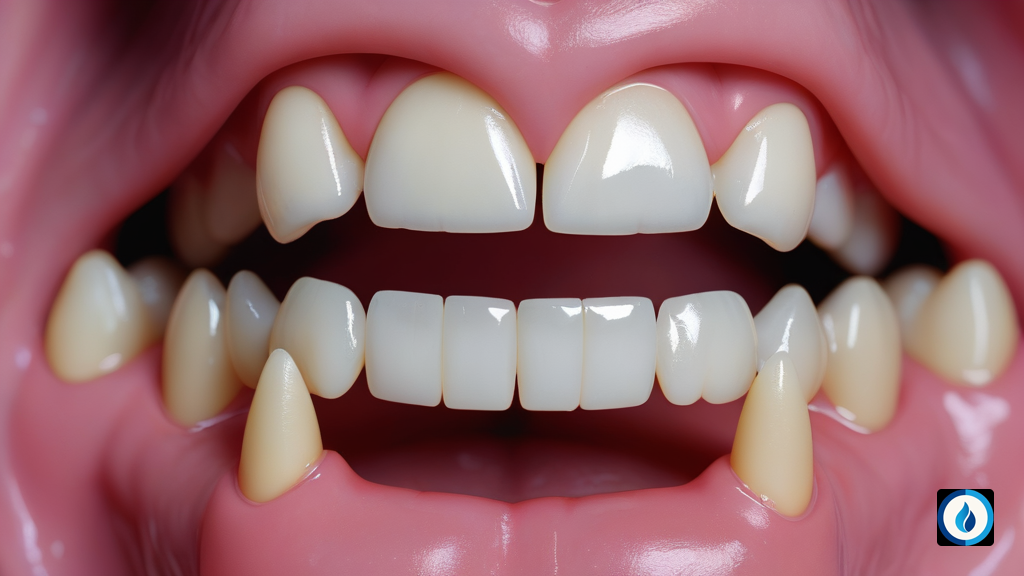Introduction
In nonclinical toxicity studies, examining rat incisors is crucial for evaluating the effects of various substances on dental health. However, the presence of hard mineralized tissues, such as enamel and dentin, poses a challenge in preparing these incisors for detailed microscopic analysis.
Decalcification is a necessary step in preparing rat incisors for histologic examination. It involves removing the mineral components of the teeth, making them softer and more manageable for slicing and staining.
Decalcification Techniques
Immunocal: a mild decalcifier for rat incisor histology

- Preserve cell morphology for immunohistochemistry (IHC) staining.
- Suitable for delicate fabrics due to its softer action
- Optimum decalcification time for rat incisors: 96 hours
- Allows clear visualization of tissue structures in H&E staining
- Maintains antigenicity for successful IHC staining
Two commonly used decalcification techniques are Immunocal, which employs formic acid, and Decal Stat, which utilizes hydrochloric acid. Both techniques have their advantages and disadvantages.
Immunocal
Immunocal is a formic acid-based decalcifier that is generally considered gentler on tissues compared to hydrochloric acid-based decalcifiers. It preserves cellular morphology well, making it suitable for immunohistochemistry (IHC) staining.
Decal Stat
Decal Stat, on the other hand, is a hydrochloric acid-based decalcifier that is more aggressive and can lead to tissue damage if overused. However, it is faster and more efficient in removing mineral components, making it ideal for thicker or more calcified specimens.
Optimization of Decalcification Time
Determining the optimal decalcification time is crucial to achieve the desired tissue quality. Over-decalcification can compromise tissue integrity, while under-decalcification can hinder sectioning and staining.
In this study, a pilot study was conducted to establish the appropriate decalcification times for both Immunocal and Decal Stat. Based on the results, the definitive study employed the following time points:
- Immunocal: 72, 96, and 120 hours
- Decal Stat: 24 hours
Tissue Evaluation
Immunocal: a mild decalcifier for rat incisor histology

- Preserve cell morphology for immunohistochemistry (IHC) staining.
- Suitable for delicate fabrics due to its softer action
- Optimum decalcification time for rat incisors: 96 hours
- Allows clear visualization of tissue structures in H&E staining
- Maintains antigenicity for successful IHC staining
After decalcification, the incisor sections were evaluated by histotechnologists and veterinary pathologists to assess tissue quality and staining.
Hematoxylin and Eosin (H&E) Staining
H&E staining is a standard technique used to evaluate tissue morphology. In this study, H&E-stained sections from Immunocal time points received higher scores for cellular morphology compared to Decal Stat sections.
However, it was observed that tissue quality declined at the 120-hour time point for Immunocal, indicating over-decalcification. In contrast, Decal Stat sections showed adequate tissue quality after 24 hours of decalcification.
Immunohistochemistry (IHC) Staining
IHC staining is a specialized technique used to detect specific proteins within tissues. In this study, IHC was performed to detect vimentin, an intermediate filament protein found in various cell types.
Both Immunocal and Decal Stat sections exhibited moderate to excellent expression of vimentin at all time points. This indicates that both decalcifiers effectively preserved the antigenicity of the tissue, allowing for successful IHC staining.
Optimal Decalcification Time
Based on the evaluation of tissue quality and staining, the optimal decalcification times for rat incisors were determined to be:
- Immunocal: 96 hours
- Decal Stat: 24 hours
These time points provide a balance between preserving tissue integrity and ensuring efficient decalcification, allowing for optimal histologic examination of rat incisors in toxicity studies.
Conclusion
Immunocal: a mild decalcifier for rat incisor histology

- Preserve cell morphology for immunohistochemistry (IHC) staining.
- Suitable for delicate fabrics due to its softer action
- Optimum decalcification time for rat incisors: 96 hours
- Allows clear visualization of tissue structures in H&E staining
- Maintains antigenicity for successful IHC staining
Decalcification is a crucial step in preparing rat incisors for histologic examination in nonclinical toxicity studies. By optimizing the decalcification technique and time, researchers can obtain high-quality tissue sections that enable accurate assessment of dental health and the effects of various substances.
The findings of this study provide valuable guidance for researchers conducting toxicity studies involving rats, ensuring reliable and reproducible results in evaluating the impact of substances on dental tissues.
